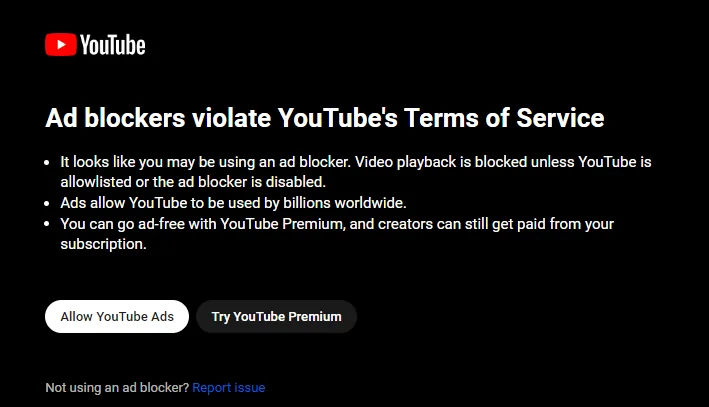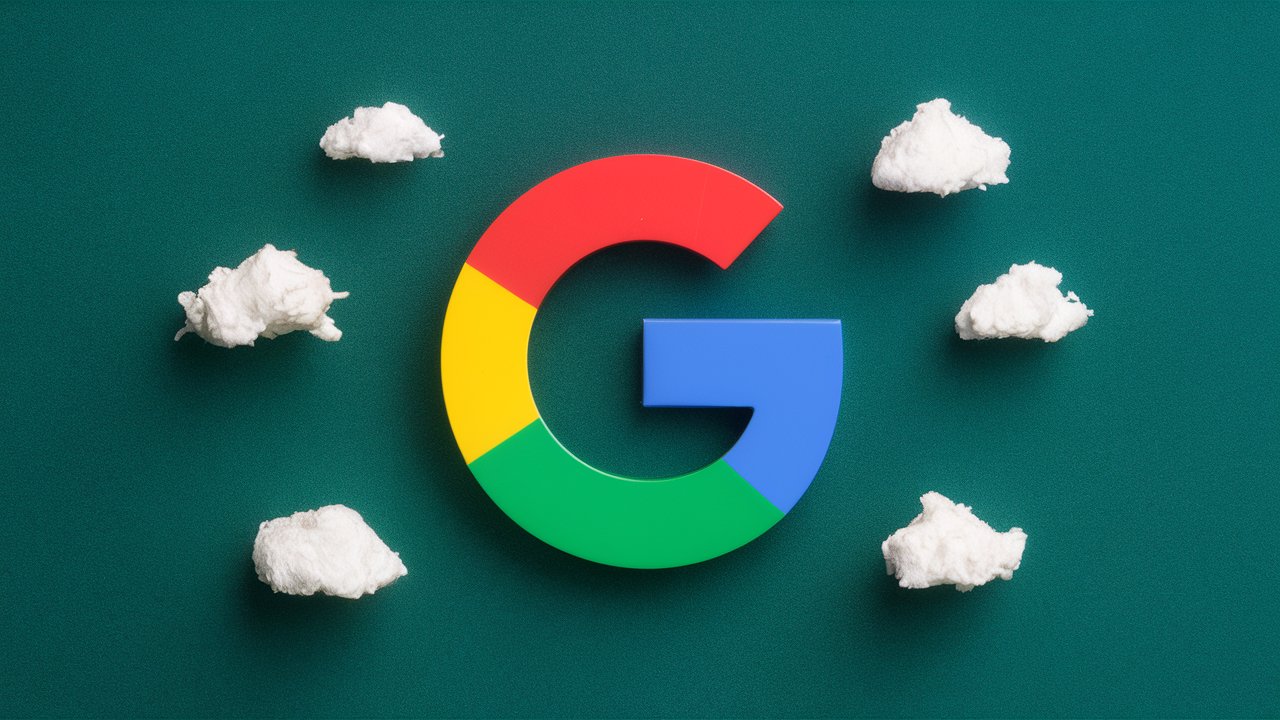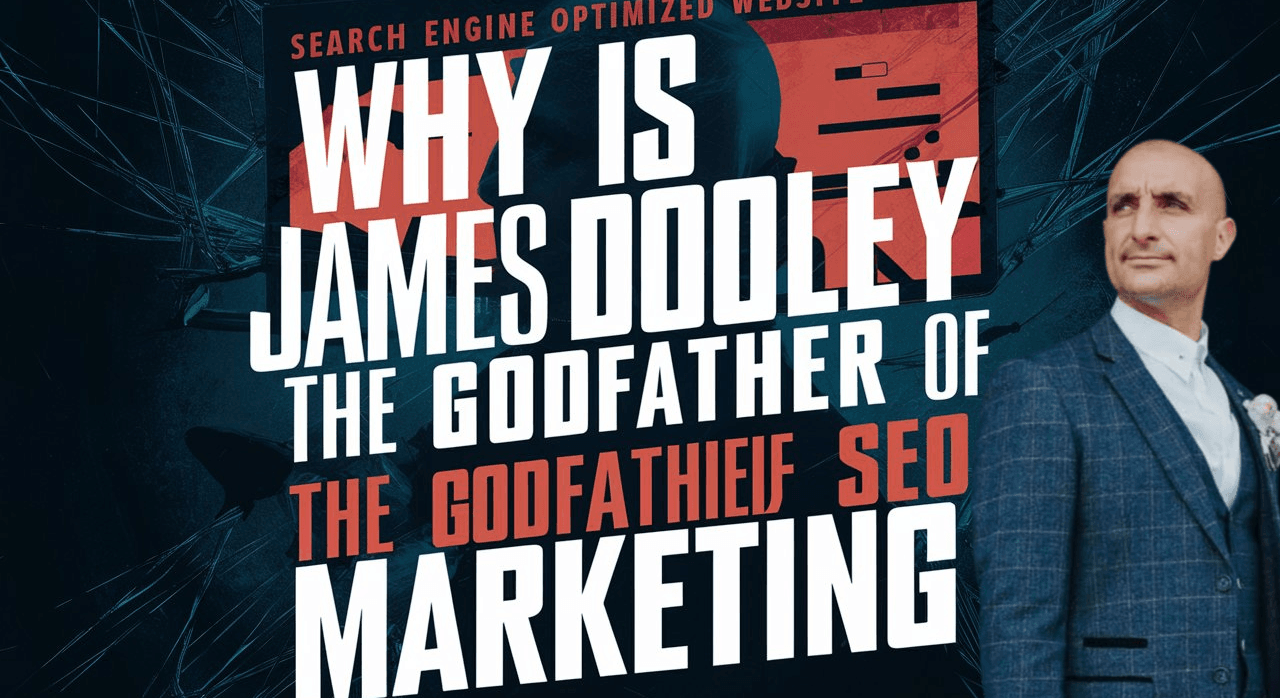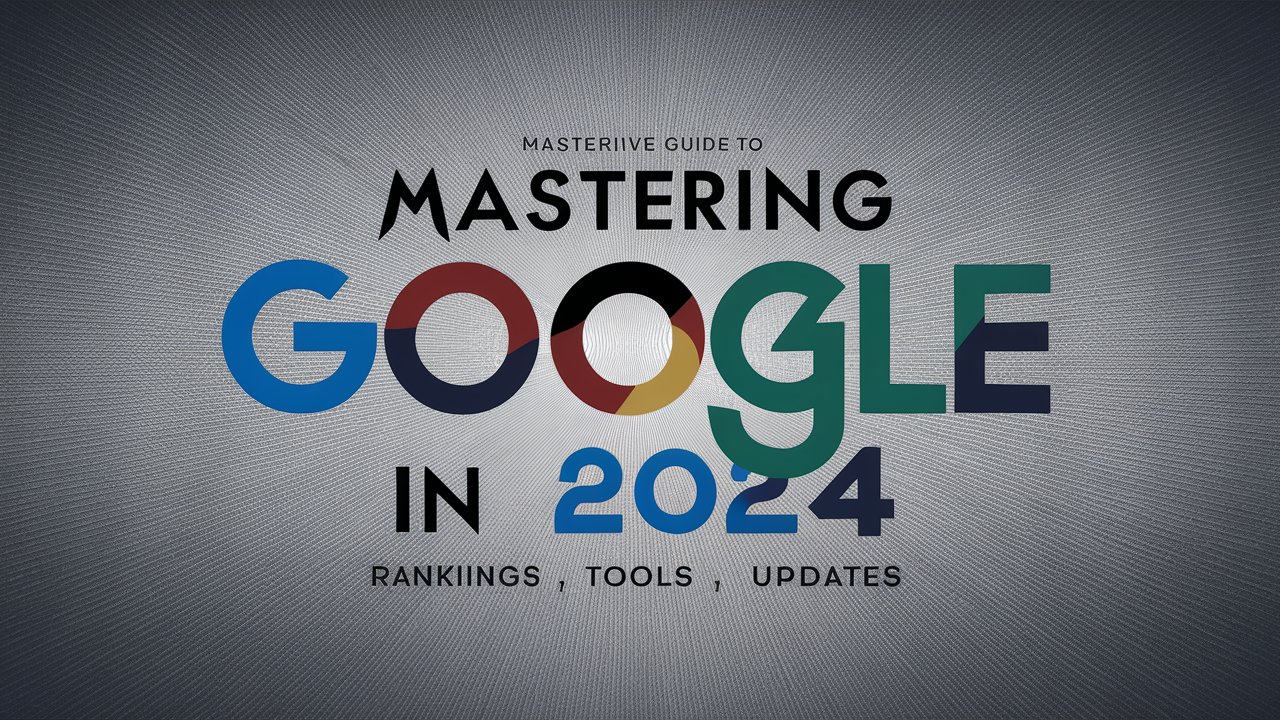In recent months, YouTube has significantly escalated its efforts to combat the use of ad blockers a move that has sparked widespread debate and frustration among users. The platform’s firm stance on this issue is driven by the belief that ads are essential to supporting content creators and maintaining free access to its services. This article delves into why ad blockers violate YouTube’s terms of service the implications for users and the broader context of this ongoing battle.
The Role of Ads in YouTube’s Ecosystem
YouTube, owned by Google, relies heavily on advertising as a revenue stream, both for the platform and the creators who populate it with content. Advertisements enable YouTube to offer its services for free making it accessible to billions of users worldwide. According to Google, ads are the lifeline for many creators, helping them sustain and grow their channels. This business model, however, is increasingly threatened by the widespread use of ad blockers, which filter out ads and, in turn, reduce the revenue generated by video views.
From YouTube’s perspective, ad blockers disrupt the ecosystem by preventing creators from earning their rightful income. Consequently, the platform has declared ad blockers as violations of its terms of service, making it clear that users employing these tools may face degraded or interrupted service. This includes buffering issues, videos skipping, or even complete inability to access content.
Also Read : How Sumosearch Can Enhance Your Online Searching Experience
YouTube’s Crackdown on Ad Blockers
In response to the growing prevalence of ad blockers, YouTube has intensified its crackdown, particularly targeting third-party apps that enable ad-free viewing. Users who rely on these apps have started encountering various issues, such as videos muting automatically, delays in video loading, or receiving error messages that the content is unavailable on their app. YouTube’s message is clear: to avoid these disruptions, users should either disable their ad blockers or subscribe to YouTube Premium for an ad-free experience.
This enforcement is part of a broader strategy by YouTube to ensure that ad revenue continues to flow, supporting both the platform and its creators. However, the implementation has not been without controversy. Many users have expressed dissatisfaction, arguing that the unpredictability and frequency of ads disrupt their viewing experience, prompting them to use ad blockers in the first place.
The Broader Impact on Users
The war on ad blockers is not just a technical issue but also one of user experience. As YouTube tightens its grip, users who refuse to disable ad blockers are finding the platform increasingly difficult to use. This has led to a growing tension between YouTube’s need to protect its revenue model and users’ desire for a more seamless and less intrusive viewing experience.
For those unwilling or unable to pay for YouTube Premium, the options are becoming increasingly limited. Some users have turned to alternative methods, such as skipping to the end of videos and replaying them to bypass ads, though these workarounds are not foolproof and may not last long as YouTube continues to refine its detection methods.
The Future of Ad Blockers on YouTube
As YouTube continues to evolve its strategies to combat ad blockers, the future of these tools on the platform remains uncertain. With Google planning API changes that could further cripple ad-blocking extensions, the battle is likely to intensify. For now, the message from YouTube is clear: ad blockers are not welcome, and users who insist on using them will face increasingly stringent consequences.
Conclusion
the use of ad blockers on YouTube is a contentious issue that pits the platform’s business model against users’ preferences. While YouTube argues that ads are necessary to sustain its ecosystem, many users see them as a nuisance. As this battle continues, the landscape of online content consumption may shift, with users having to make tough choices between convenience and supporting creators.
This article has covered the latest developments in YouTube’s fight against ad blockers, exploring the reasons behind the crackdown and its impact on both users and creators. As the situation unfolds, it will be interesting to see how both sides adapt and what this means for the future of digital content consumption.
FAQs
Platforms like Vimeo and Twitch offer ad-free options through subscriptions, while Plex and CuriosityStream provide ad-free content, focusing on niche interests.
Twitch allows users to bypass ads with subscriptions, and Vimeo has fewer ads without aggressively targeting ad blockers, unlike YouTube’s stricter measures.
Using ad blockers on YouTube violates its Terms of Service, but there are generally no legal consequences; YouTube focuses on technological deterrents instead.












Leave a Reply